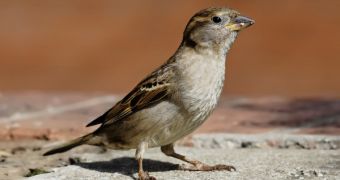Medical records show that cases of West Nile Virus (WNV) infections are far less likely to occur in settled areas that have a wide variety of bird species living inside. Scientists believe that this happens because birds are poor viral carriers altogether.
In other words, mosquitoes are far less likely to bite birds, as they can't fly so high as to reach them. On the other hand, birds can easily hunt and decimate mosquito populations, reducing the risk of infected insects biting humans and infecting them with WNV.
A possible exception to this rule is the red robin, which is an anthrophilic animal, meaning it loves to "hang" around humans. This makes it the perfect target for mosquitoes, given that it feeds on the ground mostly. Couple this with the fact that robins are among the few species of birds that make perfect WNV reservoirs and you have a most dangerous combination of factors, very likely to affect the human population.
Researches conducted by Brian Allan, doctoral candidate in biology, Jonathan M. Chase, Ph.D., associate professor of biology, and several graduate students, all at Washington University in St. Louis, focused on studying bird and mosquito populations present at Tyson Research Center, a 2,000 acres location belonging to the university. The studies showed that the incidence of WNV in mosquitoes is about one in 1000, which is extremely low, considering the size of the facility.
The scientists used traps and sophisticated monitoring equipment provided by the Center for Disease Control and Prevention (CDC) to keep an eye on the way WNV spreads in the test subjects. Their conclusion was very simple – the more birds, the less likely it became for WNV to spread. "We're seeing locally and nationally that bird diversity is a buffer against the occurrence of West Nile Virus in humans," Allan said.

 14 DAY TRIAL //
14 DAY TRIAL //